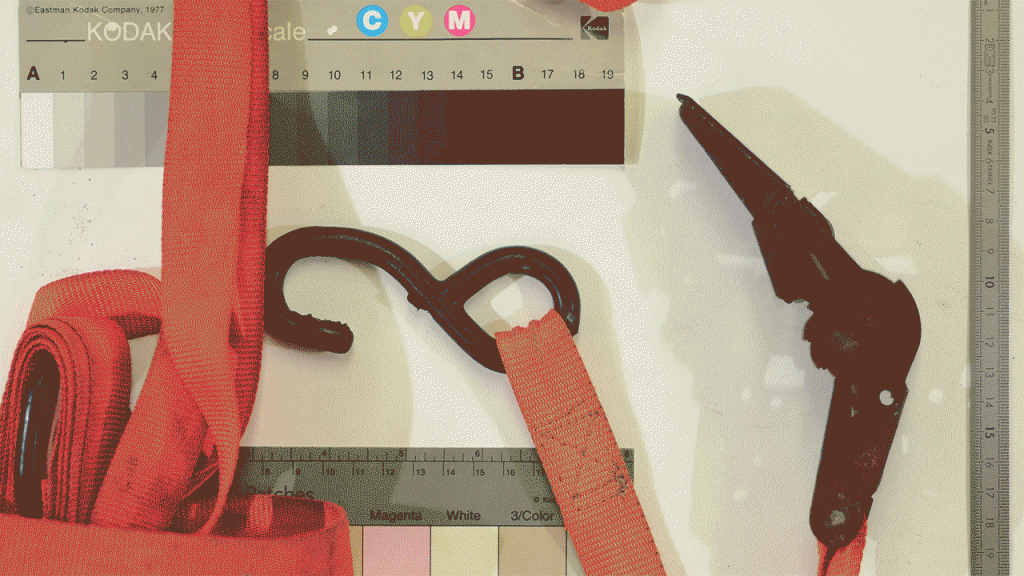Our primary science objectives aboard R/V Atlantis revolve around the human occupied vehicle, Alvin and autonomous underwater vehicle, Sentry. But it takes a lot more things than these two sophisticated machines to make data collection happen aboard the ship. Just how many things I was not fully aware until I stuck a rock hammer under a camera.
This particular camera is set up to photograph rock samples brought to the surface by Alvin and I was just using the rock hammer as a photographic subject while I worked out the kinks in the camera’s setting. But it made me wonder, “What else do we use all the time that I don’t think much about, but that I could take a nice photo of?” Turns out, there are a lot of things. So I compiled a gif of a few of the tools we use around the Atlantis every day.
These odds and ends are essential to the science operations on the ship and are mostly common items like duct tape (actually gaffer’s tape, but few people know the difference), Zip ties, nonskid material, and chisels.
Among all the unsung heroes, though, perhaps the most noble of all research aides on the Atlantis is unistrut. Unistrut is a U-shaped bar that lines the walls of the ship’s lab and that offers us a nearly infinite number of places to insert eyebolts so we can tie down our equipment without drilling new holes in the bulkheads. The labs on the Atlantis are almost completely modular, and unistrut makes it possible for every new science crew to make the most of the limited space by anchoring things like nitrogen condensers and rock saws securely in place.
Then again, maybe the real hero is the Zip tie. This slender plastic fastener is essential to keep cables, nets, and tarps in place and can be used as a handle in a pinch. More to its credit, it often makes it to the seafloor on equipment that is deployed over the side of the ship.
There is no way to know who or what is the most important. With a little bit more time, however, I might be able to flip this idea on itself and search the ship for more of these modest items going above-and-beyond to make ocean-going research possible.
Until then, in order of appearance, I offer this list: ratchet strap, Sharpie, hand lens, plastic baggie, unistrut hardware, rock hammer, Zip ties, nonskid material, canned air, power strip, coffee mug, chisels, safety glasses, steel-toed boot, external hard drive, hard hat, gaffer’s tape, and ping-pong paddle. We couldn’t do it without them.




